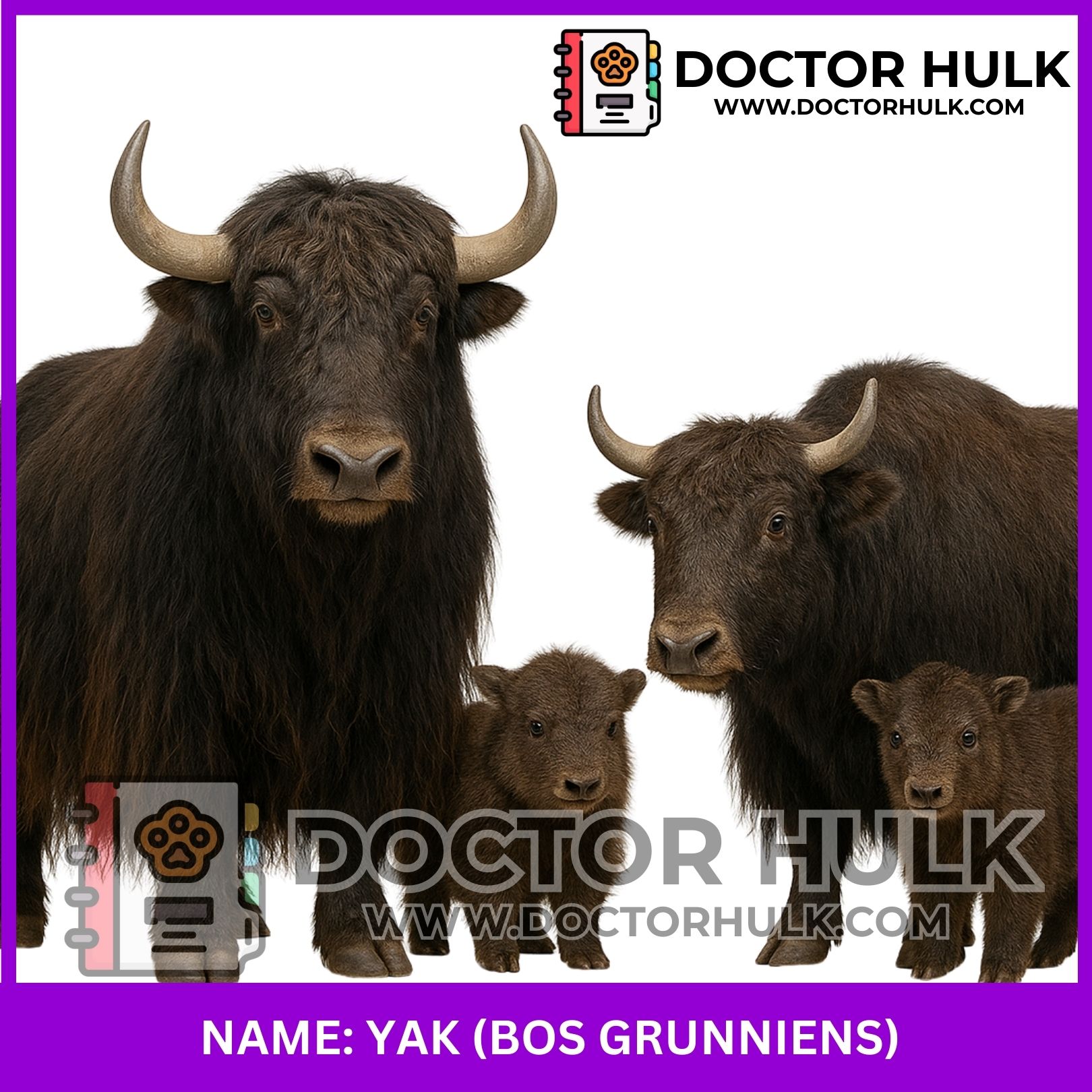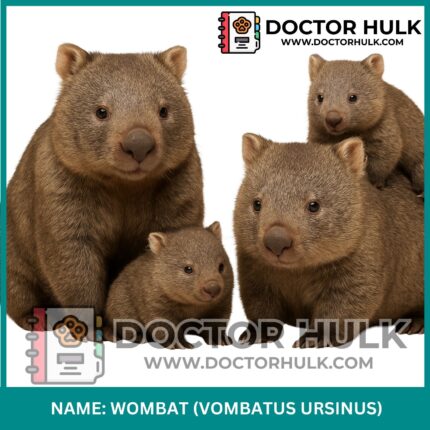A yak is a large, hairy animal found in the mountainous regions of Asia, especially in places like the Himalayas and Tibet. They’re closely related to cows but have a much thicker coat of fur to help them survive in the cold, high-altitude environments. Their fur is long and shaggy, and they also have a mane that drapes over their neck and shoulders, which gives them a very rugged, tough look.
Yaks are built for tough conditions, short, stocky bodies with sturdy legs and hooves that can handle rocky, uneven terrain. They’re known for their ability to carry heavy loads, making them great pack animals. Yaks are also raised for milk, meat, and wool, and their thick fur is spun into yarn for clothing and blankets.











 Image showing a yak standing on a snowy mountain ledge with thick fur blowing in the wind (Source: iStock)
Image showing a yak standing on a snowy mountain ledge with thick fur blowing in the wind (Source: iStock) Image showing a domesticated yak covered in colorful Tibetan cloth, standing along a mountain pat (Source:Freepik)
Image showing a domesticated yak covered in colorful Tibetan cloth, standing along a mountain pat (Source:Freepik) Image showing a herd of yak (Source: iStock)
Image showing a herd of yak (Source: iStock)

Reviews
There are no reviews yet.